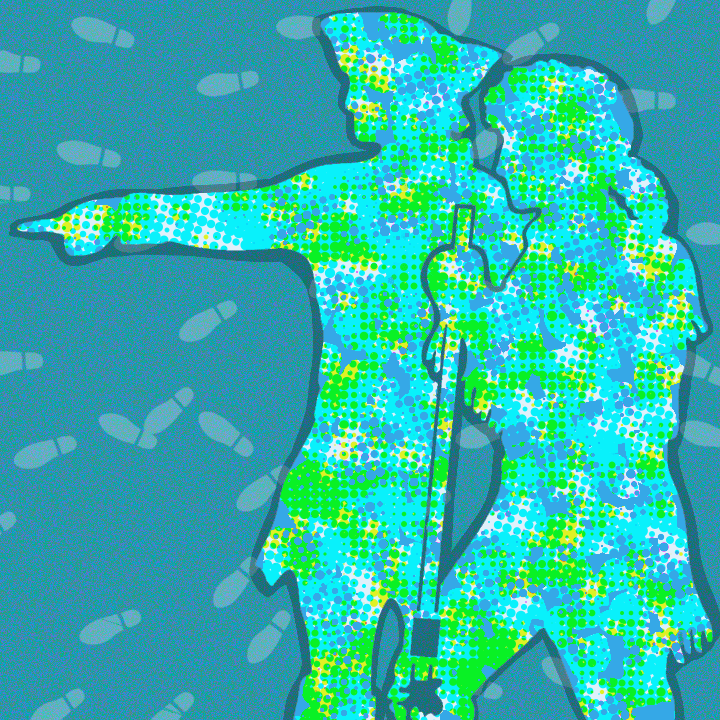As travelers seek out more authentic ways to connect with people and places, the Lewis & Clark National Historic Trail unveils the ultimate online trip-planning portal, lewisandclark.travel. This website is designed to help visitors learn more about the host communities, local businesses, and attractions located along the 4,900-mile trail that runs from Pittsburgh, Pennsylvania, to the Pacific Ocean. Through the portal’s interactive map guide, travelers can plan themed trips and locate recommendations for lodging, historic places, sustainable communities, natural areas, and tribal lands.
The newly launched website was created through a Geotourism stewardship program overseen by the National Park Service (NPS) and brings together many tourism partners at local, state, and national levels along the Trail, including the American Indian Alaska Native Tourism Association (AIANTA). Geotourism is considered tourism that sustains or enhances the geographic character of a place, its environment, culture, aesthetics, heritage, and the well-being of its residents. Geotourism encompasses a range of travel experiences including culture and heritage, history, food, nature, adventure, the outdoors, water, music, and arts.
“In this historic year of domestic travel, the new Lewis and Clark National Historic Trail experience online portal is a one-stop tool kit for travelers to learn about local communities and find inspiration for outstanding USA road trips,” said Dan Wiley, Senior Leader, Integrated Resource Stewardship, for the National Park Service. “Geotourism is a great way for travelers to connect with people and the places along the Lewis and Clark National Historic Trail. The Geotourism project is designed to support our community partners along the Trail by engaging federal, state, tribal, and local governments, tourism organizations, residents, and visitors to promote stewardship through education, interpretation, resource protection, and recreation.”
The Lewis and Clark National Historic Trail, administered by the NPS, is more than 4,900 miles long, traversing 16 states and many tribal lands, and follows the historic route of the Lewis and Clark expedition. The Lewis and Clark National Historic Trail was designated by U.S. Congress to commemorate the 1803 to 1806 Corps of Discovery Expedition to explore the newly acquired western portion of the United States and ensures this historic expedition is commemorated through the identification, preservation, and interpretation of the Trail route, all while ensuring public use and enjoyment. This epic journey contributed significant scientific knowledge and profound political, social, economic, cultural, and environmental changes to the peoples and landscapes of the North American continent.
The Trail has over 6,600 miles of designated auto tour route, providing visitors access to the historic route through rich recreational, interpretive, and educational opportunities. Many segments of the Lewis and Clark National Historic Trail retain landscape characteristics and a sense of place as seen and experienced by the original Lewis and Clark Expedition. The Trail links contemporary authentic communities and cultures, including tribes whose connections span thousands of years, to historic, vibrant, and living landscapes. Whether traveling the entire length of the Trail or a short day trip to a small segment, the travel experience can be greatly enhanced by the amazing possibilities highlighted on this website.
About the Lewis and Clark National Historic Trail Geotourism Program
The Lewis and Clark National Historic Trail Geotourism Program is designed to support the natural assets, cultural attractions, and historically important places that make the Lewis and Clark Trail a unique and vibrant tourism attraction. The Program will help the people, places, and businesses connected by the trail to tell the story of what’s unique and authentic about their place and create a resource for travelers to explore the length, breadth, and diversity of the Trail. Visitor information is available here.






